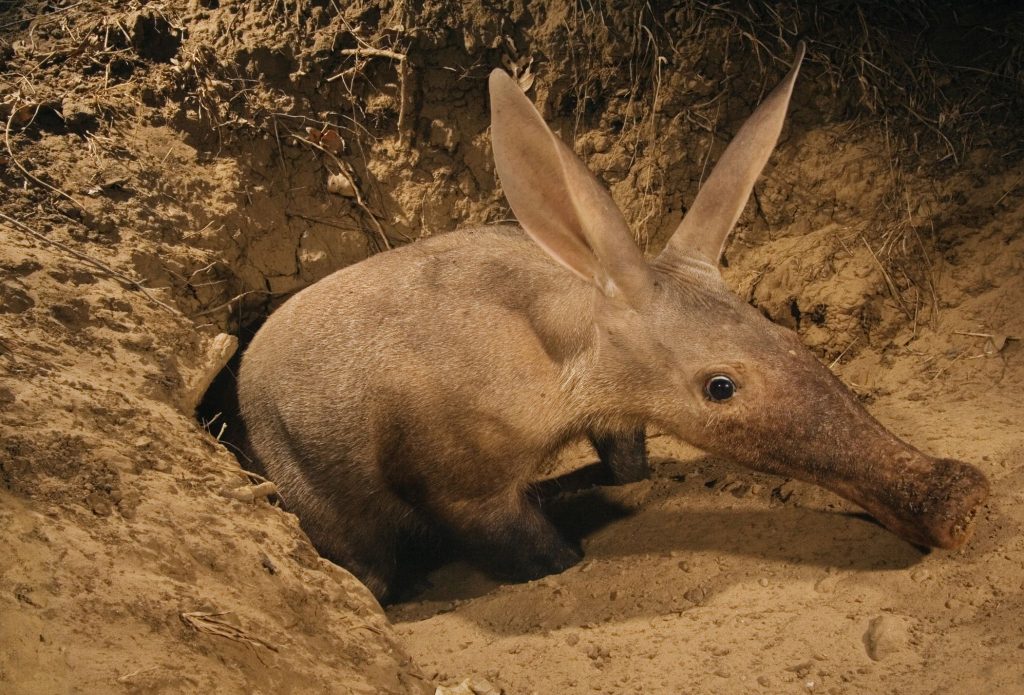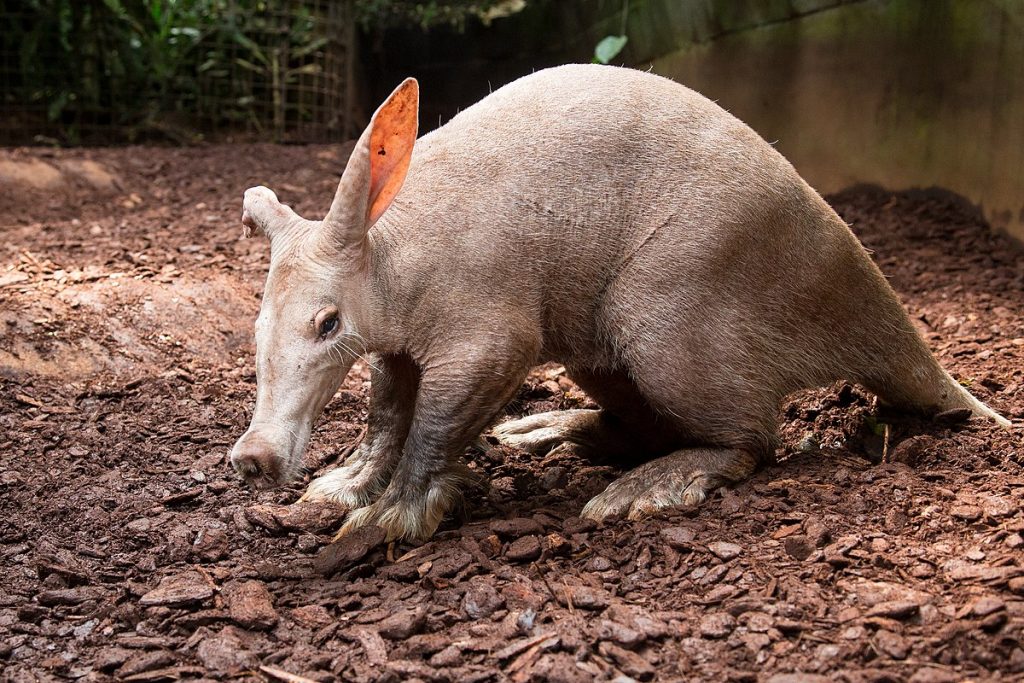Aardvarks Facts, Behaviors, Lifespan, Diet and How are Left
Aardvarks Facts, Behaviors, Lifespan, Diet and How are Left. What are aardvarks? – Despite their resemblance in appearance, aardvarks and anteaters are not related; they both belong to the same family of mammals as the African elephant. They have an arched back and a muscular, massive body that is nearly hairless, attached to a short neck. The lengths of their legs are not equal; the back legs are longer than the front legs.

Facts about Aardvarks
They feature a long, narrow, projecting snout, sealable nostrils, and an extended head. They have long, tubular ears that are often held erect but can also be folded and fastened. Their forefeet feature powerful claws that are well suited for digging, and they have a short, muscular tail with a tapering, cone-shaped tip.
Facts About Aardvarks
SCIENTIFIC NAME: ORYCTEROPUS AFER
LIFE SPAN: 18 TO 23 YEARS IN THE WILD
GESTATION: AVERAGE 7 MONTHS
WEIGHT: 39 TO 82 KILOGRAMS (88 TO 181 POUNDS)
HABITAT: ALL SAVANNA TYPES, RAINFORESTS, WOODLANDS, AND THICKETS
PREDATORS: HUMANS, LIONS, LEOPARDS, HYENAS, PYTHONS
SIZE: 1 TO 1.5 METERS IN LENGTH (3 TO 5 FEET) .6 METERS AT THE SHOULDER (24 INCHES)
DIET: INSECTIVOROUS, MYRMECOPHAGOUS
Challenges faced by Aardvarks
Aardvark Facts: BIGGER than you think | Animal Fact Files
- Aardvarks are hunted by humans: Aardvarks are hunted for their meat and occasionally their body parts are used as charms; the teeth are thought to have medicinal properties. In the wild, it naturally faces predators like lions, hyenas, and leopards.
- Habitat loss is also a threat to aardvarks: As human populations grow, logging, agriculture, roads, and settlements destroy their habitats.
Behaviors of Aardvarks
- Life in an aardvark burrow: Aardvarks like digging, and their burrows provide cover from predators. Aardvarks coil into a tight ball and block the entrance to their burrow, leaving only a little gap at the top, when they are asleep. They may be regarded as keystone species because they frequently create new burrows and because other species depend on them. Males wander more than females, who often stay put.
- Aardvarks are a little anti-social—and even inhospitable: They are primarily solitary creatures that only associate during mating. Despite being nocturnal, they occasionally emerge throughout the day to bask in the light. The aardvark is always cautious when leaving its burrow to search for termites because of their poor vision. When leaving their burrow, they will remain still at the entrance for a few minutes before moving forward with a series of large leaps until there are no sounds or dangers present. They will then go at a slow trot hunting for food.

Facts about Aardvarks
Diet: What do aardvarks eat?
This species has evolved specifically to devour termites. They travel from termite mound to termite mound, tearing the hills apart with their ferocious claws. Their protractile tongue, which may be up to 30 centimeters long and is coated in thick, sticky saliva, traps insects. They may collect termites outside of the mounds because to their exceptional sense of smell. They will occasionally put their snout up against a hole in a mound to suck up termites.
Habitats: Where do aardvarks live?
They have a wide variety of housing options and live in a variety of habitats, from arid savannas to rainforests. Aardvarks can be found in areas with an adequate supply of termites for feeding and soft soil, such sand or clay, for digging. Despite being quick and strong diggers, they will avoid places with difficult soil in favor of those with simpler digging.

